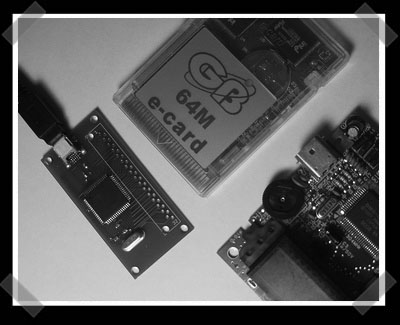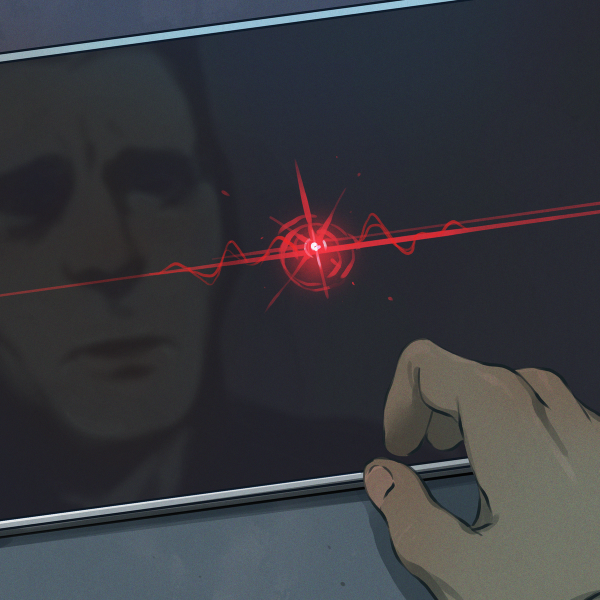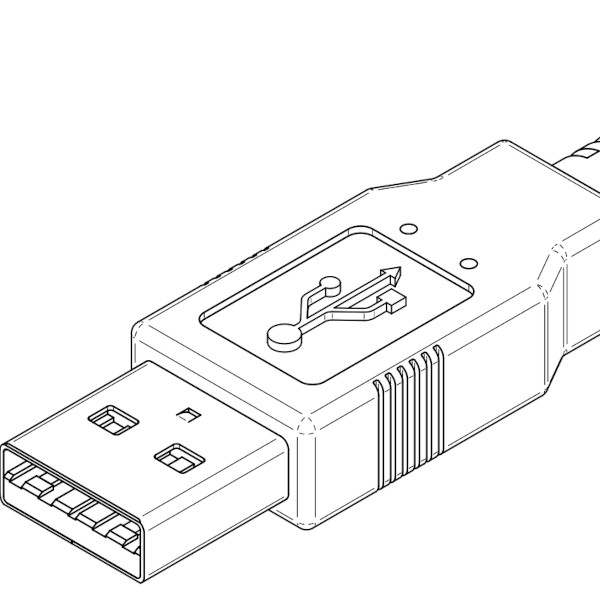[youtube=http://www.youtube.com/watch?v=lQdqudTzyBs]
[Joey] sent us a link to the newest version of his Gameboy foot controller. In the video above, you can see how he uses it to control the loops in the background while he plays his guitar through an 8-bit filter. That is an old video, using the previous version. He tells us that several gameboys were used in the construction. At one point, he had to replace the guts because the music was so loud it knocked his equipment over and destroyed it. We can’t help but feel just a tiny bit of excitement as memories of renting a NES cartridge for the weekend fill our heads when we hear these riffs. His music isn’t too bad either. There is a growing crowd of people that support “chip music”. You can see what looks like a decent sized gathering enjoying a show with a little bit of a history lesson after the break.
[This video, and the original version of the controler were posted about a year ago, good catch commenters]














